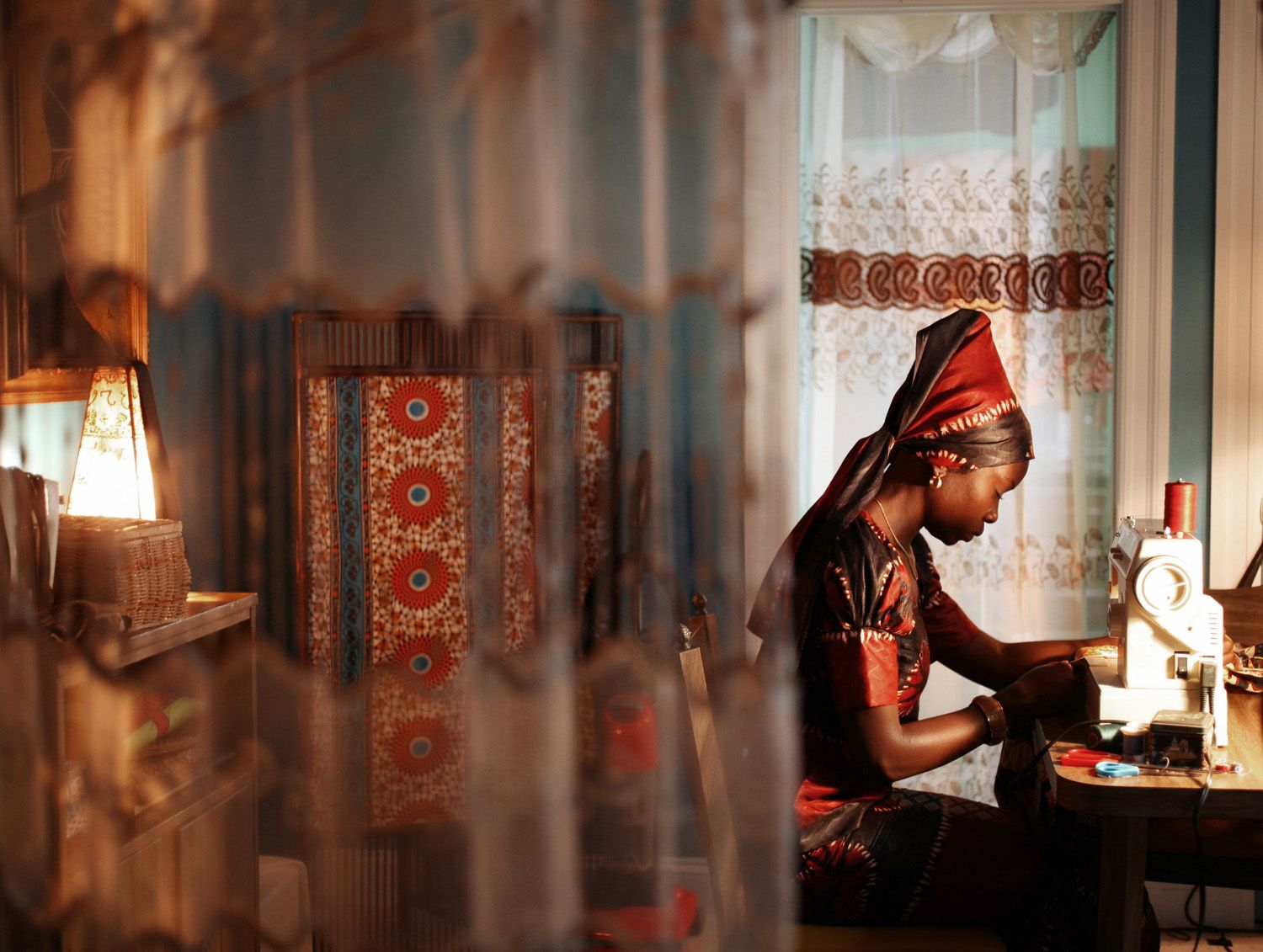From the first luscious wedding scenes in the film Mother of George, there is no question that in the Balogun family, the purpose of marriage is children, and the role of Adenike, the new bride, is to produce them. “Give me good kids,” Ma Ayo, Adenike’s mother-in-law, toasts the bride and her new husband, Ayodele, to warm agreement from the revelers. In the quiet, private aftermath of the party, she gives Adenike beads she says will ensure fertility and prosperity — the keys to a successful family.
Understanding the fear of losing fertility and the deep importance of children makes Nigerian attitudes toward abortion clearer.
The Brooklyn-set melodrama, director Andrew Dosunmu’s second, struck me as particularly “true” — in the manner of all good fiction — after I spent the summer reporting on unsafe abortions in Lagos. Thousands of Nigerian women die from unsafe abortions every year, yet there is almost no movement to make abortion legal and safe. From an outsider’s perspective, that’s jarring and tragic. But understanding the fear of losing fertility and the deep importance of children makes attitudes toward abortion clearer.
That’s why Mother of George illustrates truths deeper than this transnational family’s drama. As intimate as Adenike’s struggle is, the film expresses a broader tension around fertility, responsibility and women’s roles that affects many Nigerians both in Brooklyn and “back home.”
In the film, emotional scenes show protagonist Adenike (Danai Gurira) pleading into the landline in her Brooklyn apartment, “Why, why is it always the woman?” She begs her husband to accompany her to a clinic for fertility tests. He refuses. Adenike’s quest continues, to a traditional healer and then to church with Ma Ayo (Bukky Ajayi). Adenike asks Ma Ayo to help her persuade her husband to go to the doctor. Ma Ayo is not amused: “So you’re blaming my son now?” At each step it is Adenike, not Ayodele (Isaach de Bankolé), who bears the burden of the family’s fertility.
The Washington Post called Mother of George “ravishing,” and The New York Times said it was “exhilarating.” Certainly its best cinematography award from Sundance this year was well deserved: The film is worth watching just for the visual feast. Saturated scenes open like photographs — Dosunmu’s experience as a fashion photographer shows through. Angles show mood and rich color, pulling the viewer into the story slowly, through detail first.
The sex scenes are numerous and perfectly lit, but they drag on relentlessly, as if to emphasize just how hard Ayodele and Adenike are trying to conceive.
Why, why is it always the woman?
Back in Lagos and in meetings among the global health glitterati, conversations about African women rarely sound like the conversations African women have among themselves. International aid programs remain broadly unsuccessful in their general focus on maternal mortality and family planning. While these are critical issues, especially in West Africa where you find the highest rates of maternal deaths and lowest rates of contraceptive use in the world, the programs remain superficial because they overlook the cultural reasons women have so many children, and fail to address deep fears around infertility.
In this sense, not only can Mother of George be a beautiful moviegoing experience, but also, if the right audience watches, it could nudge the global health sector toward a deeper understanding of West African fertility — or at least give them something new to listen for.
